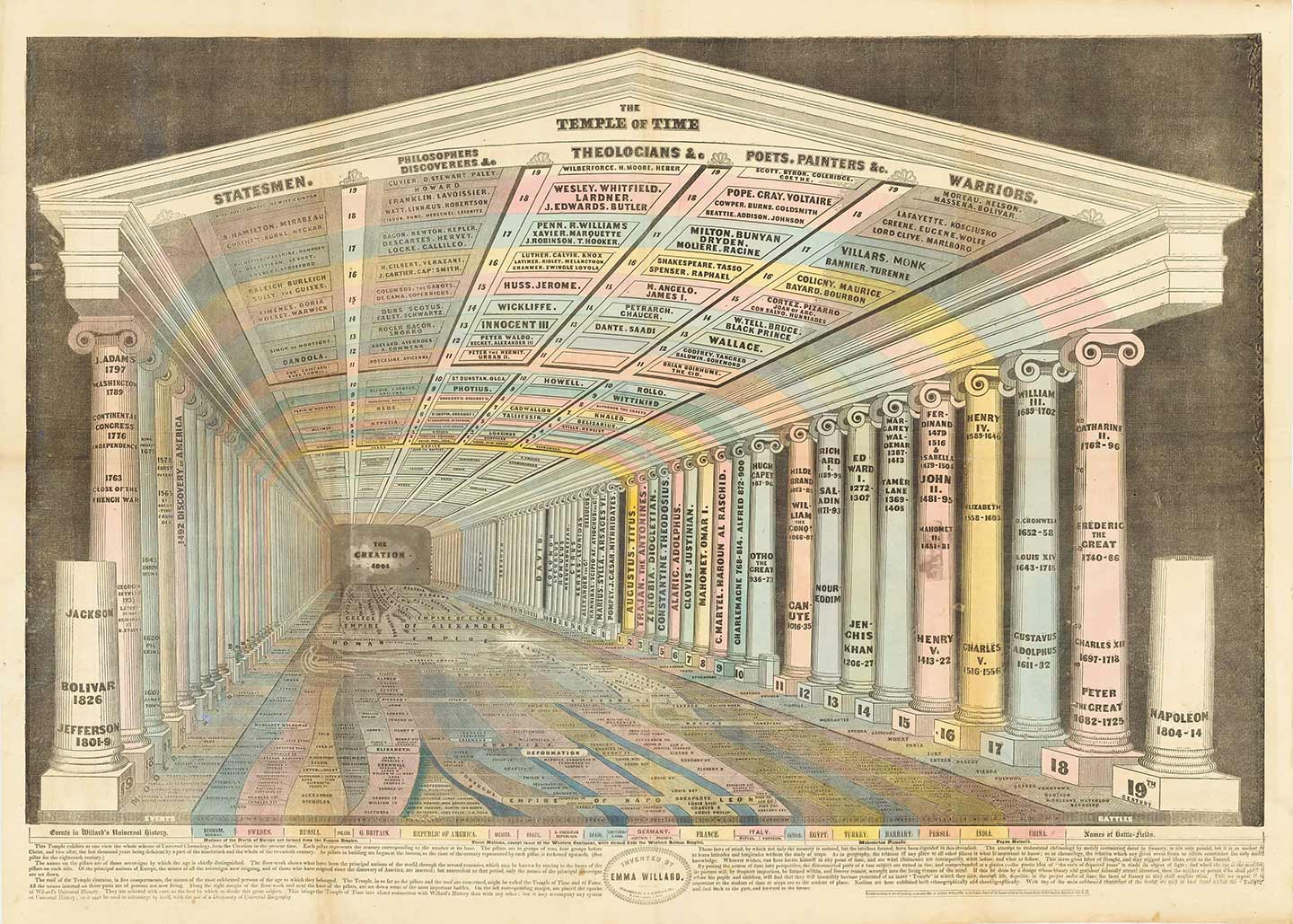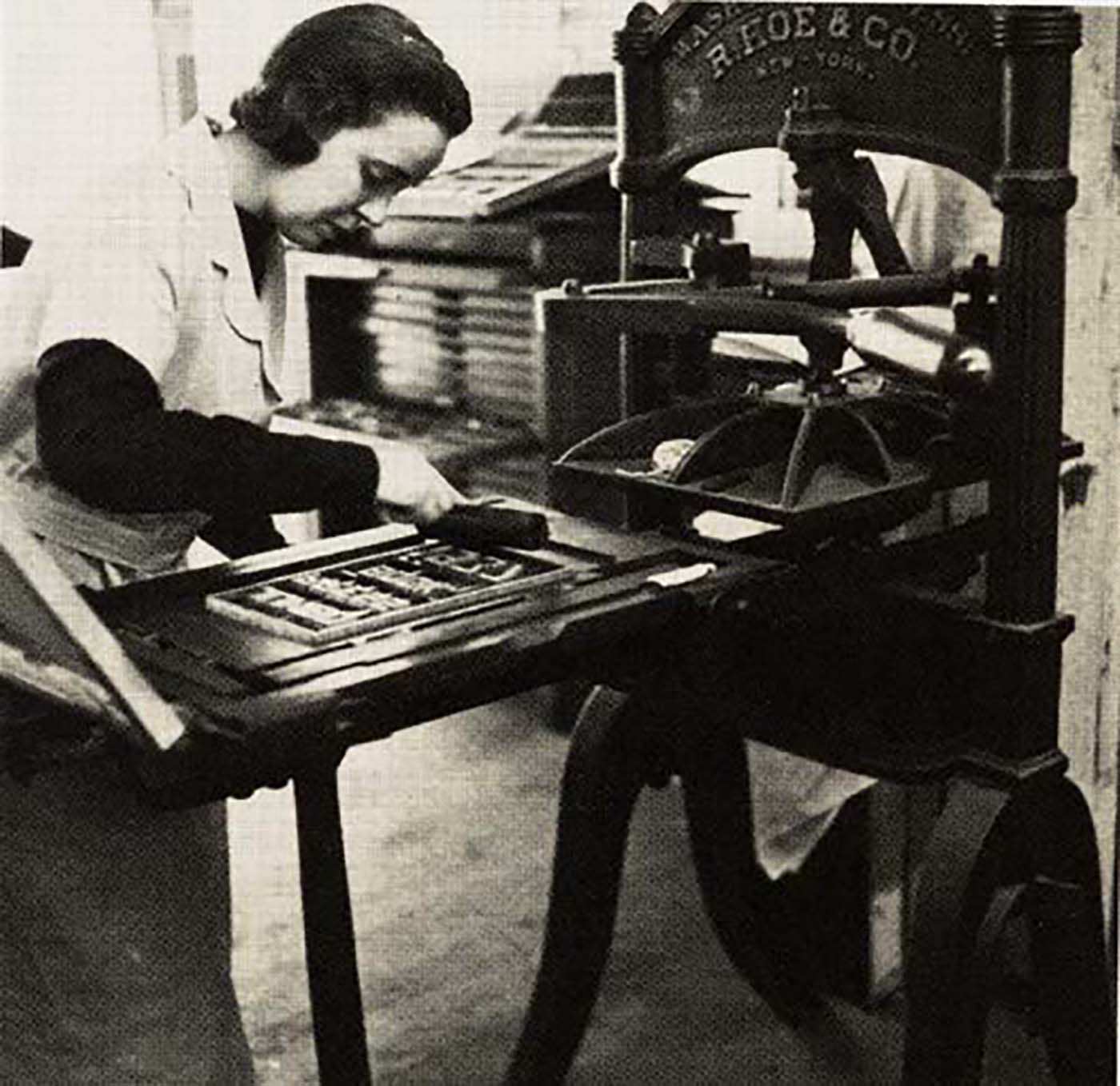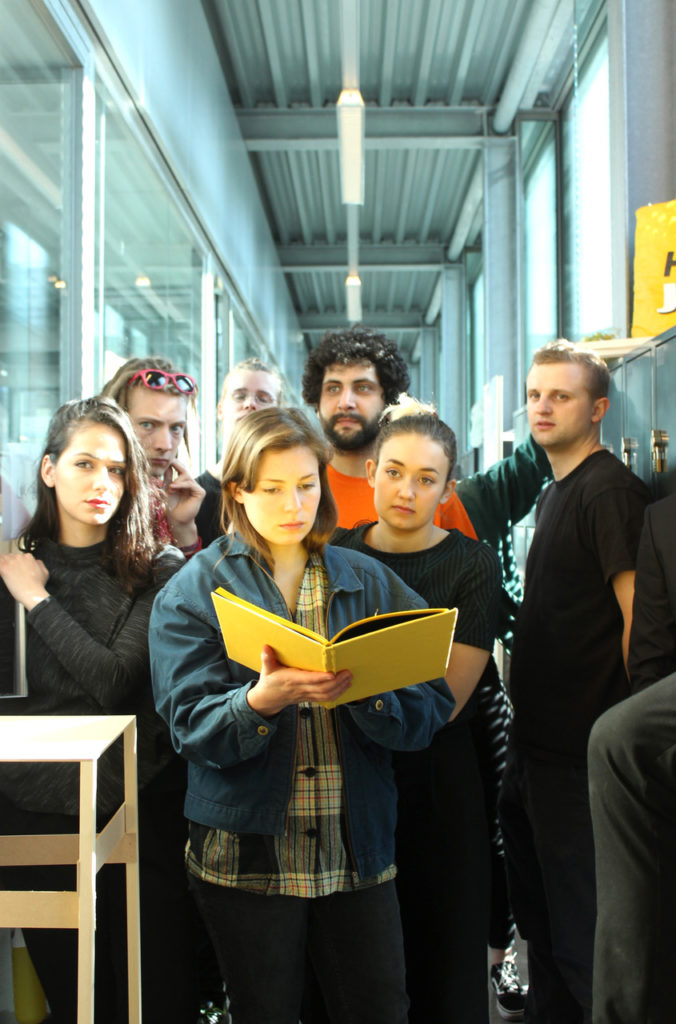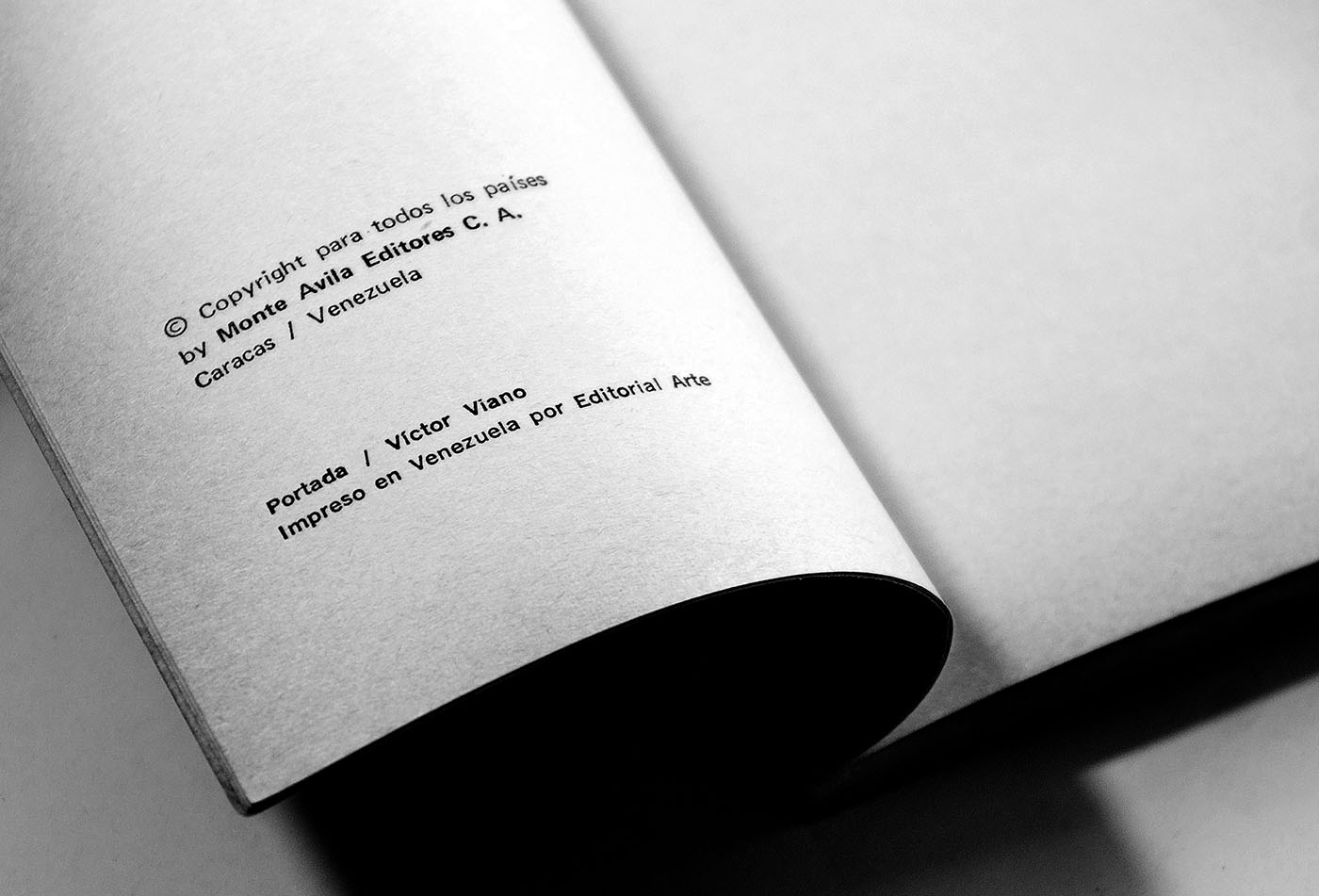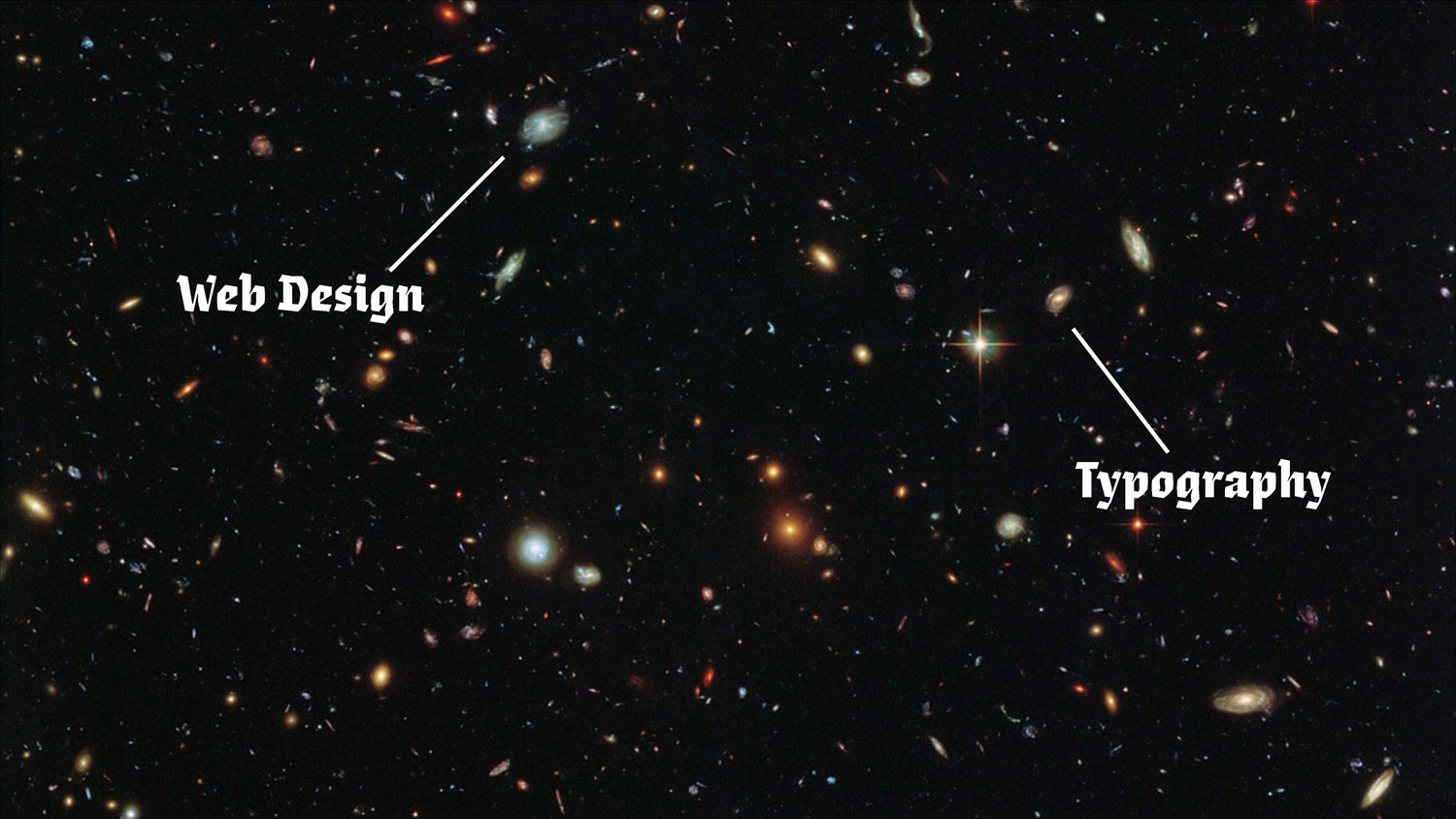Every other month the question about who was the first female typeface designer comes up. From my armchair research, for up to the 1950s, so far we know of
Hildegard Henning, Belladonna, Julius Klinkhardt, 1912
Elizabeth Colwell, Colwell Handletter, ATF, 1916
Maria Ballé, Ballé Initials, Bauersche Gießerei, date unknown, 1920s?
Elizabeth Friedländer*, Elizabeth, Bauer, ±1937
Ilse Schüle, Rhapsodie, Ludwig & Mayer, 1951
Gudrun Zapf von Hesse, Diotima, Stempel AG, 1952–54 (Ariadne ’53, Smaragd ’54 …)
Anna Maria Schildbach, Montan, Stempel AG, 1954
(That is women credited with a typeface’s design. Many have worked in drawing offices and type production but remained unknown. And post-metal type design is another blog post.)
I have been talking a lot about this with Dan Reynolds, who is researching 19th century type making in Germany for his Phd (this is such a brief generalization of his topic that he will probably kill me). After the war, West German type foundries published a couple of typefaces designed by women, but of pre-war typefaces Dan could so far not find more than the two mentioned above — Belladonna and the Elizabeth types. (It’s debatable whether the Ballé initials count since they were “not actually cast as foundry type, but rather electrotypes mounted on metal”, as some sources state.) While the idea that Anna Simons might have designed some of the Bremer Presse types is intriguing, it seems that this was just a 1980s American speculation, not actually a fact.
Last weekend, Dan visited the printing museum im Leipzig and writes:
“I finally made it to the exhibition from Jerusalem, which exhibited work from Moshe Spitzer, Franziska Baruch, and Henri Friedlaender. That exhibition included Stam, a Hebrew typeface designed by Franziska Baruch for Berthold in the 1920s. Baruch left Germany for Palestine and died in Israel in 1989. She had a career as a designer in Germany in the 1920s and ’30s, and then in Palestine and Israel after that. Much of her graphic design for the State of Israel and for her Israeli clients was significant; however, she never wrote about her work.
While it was not mentioned in the exhibition, I suspect that Baruch was commissioned to design Stam by Oscar Jolles, who was Berthold’s director in the 1920s. Jolles was a prominent figure in the Berlin Jewish community, and Berthold’s publication of Hebrew type specimen took place during his tenure. Jolles died in 1929, but like Baruch’s mother and sister, his wife and daughter were all murdered in 1943, albeit in different death camps.”
I believe Liron worked on this exhibition and its original catalog? Does any of you type history or Hebrew researchers have more info on Franziska Baruch and her typeface Stam? I had never heard of her. Glad we can add another name to our Olden Type list.
* There is a documentary about Elizabeth Friedlander that just came out and will be shown in London on October 20. If you are in the area, this is worth watching.
Continue reading →
